#bald eagle
Text


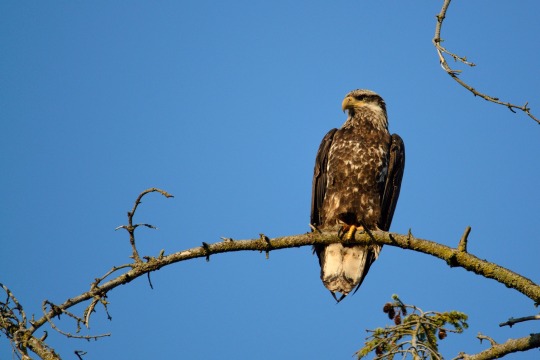
#bald eagle#birds#nature#vancouver island#original photography on tumblr#original photography#birdwatching#nature photography#pnw#birding#bird photography
211 notes
·
View notes
Text

In the pines
#bald eagle#animals#wildlife#nature#lensblr#artists on tumblr#original photographers#photography#photographers on tumblr#Washington#vsco#pacific northwest#p#I’ll whisper the whole night through
4K notes
·
View notes
Text
On this day of freedom, let's talk about how bald eagles are queer!

It starts with a female eagle named Hope and a male named Valor I. The two settled down to neat together, however Valor I wasn't a great dad. He did show up to incubate the eggs and basically never came around.
In comes another male, Valor II. He immediately did what a good eagle dad is supposed to, incubate, maintain the best, all that. This lead to him becoming Hope's new mate.
Here's where it gets interesting, Valor I didn't seem to mind and actually stuck around! Eventually Hope started mating with both of them, and Valor I even learned to be a good dad!

Unfortunately in 2017 Hope was killed by intruding eagles, but! The two male's actually stuck together and successfully raised their chicks!
Soon enough a new female named Starr came along and joined the two, and now she mates with both males every season!
This arrangement allows for the eagles to have a much more successful rate of raising chicks and fighting off other predators!
This particular story isn't the only one! Bald eagles have been seen in multiple arrangements including two females and one male!
#animals#nature#critters#wild life#wildlife#animal facts#facts#birds#bald eagle#pride#lgbt#lgbtq#queer#polyamory#america#fourth of july
4K notes
·
View notes
Video
When you have differing opinions on interior design, explore.org
11K notes
·
View notes
Text
* * * News Interruption * * *
815 notes
·
View notes
Text

Virginia Wildlife; vol. 18, no. 8. August, 1957.
Internet Archive
#birds#raptors#hawks#broad-winged hawk#red-tailed hawk#red-shouldered hawk#cooper's hawk#american goshawk#sharp-shinned hawk#falcons#american kestrel#peregrine falcon#northern harrier#osprey#eagles#bald eagle#golden eagle#signature
418 notes
·
View notes
Text
Earlier this winter, when Toronto resident, K.J. McCusker was out observing nature, he saw something unusual soaring above the city.
“That bird is really big. It can’t be what I think it is. No. It can’t be,” he thought to himself.
There’s a good reason McCusker couldn’t believe his eyes. There has never been a documented bald eagle pair – nesting in Toronto — until now.
“Total miracle… being here for twenty years, you just don’t see eagles and I come from a place where you see eagles, from out west, so we see eagles all the time and I just remember hanging out in ceremony with some people and saying like, why don’t you ever see eagles here,” said McCusker.
Continue Reading
Tagging @politicsofcanada
#cdnpoli#canada#canadian politics#canadian news#ontario#toronto#bald eagle#wildlife#endangered species
491 notes
·
View notes
Text
1K notes
·
View notes
Link

”Fifty years ago, Congress voted to override President Richard Nixon’s veto of the Clean Water Act. It has proved to be one of the most transformative environmental laws ever enacted.
At the time of the law’s passage, hundreds of millions of gallons of raw sewage was dumped by New York City into the Hudson River every day. This filth was compounded by industrial contaminants emptied into the river along much of its length. The catch basin for all of this was New York Harbor, which resembled an open sewer. At its worst, 10 feet of raw human waste blanketed portions of the harbor bottom, and certain reaches held little or no oxygen to sustain the life of its fishery. Trash floated among oil slicks.
Health advisories against eating fish from the Hudson remain, but its ecology has largely recovered, thanks to the law, which imposed strict regulations on what could be discharged into the water by sewage treatment plants, factories and other sources of pollution. Today people swim in organized events in New York Harbor, which would have been unthinkable in 1972 when the law was passed. Across the country, billions of dollars were also spent to construct and improve sewage treatment plants, leading to recoveries of other urban waterways.
Cleaner water has made the harbor far more hospitable, and other steps have helped to rebuild life there, like fishing restrictions and the removal of some dams on tributaries in the Hudson River watershed.
The harbor’s environment remains compromised even so. It continues to be stressed by sewage overflow during rainstorms and by habitat degradation, such as loss of salt marshes from development and sea level rise. But the ecological workings of the harbor have been returned to a functional level, a revitalization that owes much to this landmark act of Congress.
Fifty years on, the story of this remarkable recovery can be told through some of its key animal species.
American oyster
Oyster reefs once covered roughly 350 square miles of harbor bottom around New York City. Untreated sewage contributed to a severe decline in the oyster population that lasted through the 20th century. The wild oyster population has begun to recover; a nine-incher known as Big was found in 2018 by a diver at a Hudson River pier. The nonprofit Billion Oyster Project is also at work restoring oyster reefs in the harbor, which provide habitat for other species...
Bald eagle
Once a rarity across North America, largely because the now-banned pesticide DDT compromised its ability to reproduce by weakening its eggshells, the bald eagle has made a strong comeback, taking advantage of the harbor’s resurgent fish life. As many as 10 now live on Staten Island, including the borough’s first nesting pair, known as Vito and Linda.
Humpback whale
The increased abundance of menhaden, a critical food source for the whales, has likely drawn humpbacks into the Hudson estuary. In December 2020 a humpback whale was seen in the Hudson just one mile from Times Square.
Harbor heron
Herons, egrets and ibis once nested all over New York Harbor. But demand for their plumage for women’s hats in the late 19th century, followed by the decimation by sewage pollution of the fish and crabs they preyed on, contributed to almost a century-long absence. Improved water quality has led to the birds’ recovery, with more than a thousand breeding pairs.
Osprey
Like the bald eagle, osprey numbers plummeted because of the widespread use of DDT. Today this bird of prey, also known as a fish hawk, is often spotted over the harbor hunting fish close to the surface, which they snatch with their outstretched talons. The cleaner harbor’s revitalized fish populations have helped drive the osprey’s return.”
-via The New York Times, 12/30/22
#new york#nyc#new york harbor#bald eagle#oyster#humpback whale#heron#osprey#conservation#endangered species#ecosystems#ecosystem restoration#good news#hope
2K notes
·
View notes
Text

an almost solid white bald eagle was spotted and photographed by a college student in oklahoma. originally mistaken as an albino specimen, this bird is leucistic, a similar genetic condition. leucism occurs when a lack of melanin is found in parts of or through the entire body. in albinism, all pigments are absent, leading to pink skin and eyes in most cases. leucism can still make life harder for birds, as melanin is an important component in both the structure of the eye’s iris and in feather composition. leucistic birds often struggle with weak and brittle feathers and poor vision as a result.
4K notes
·
View notes
Text
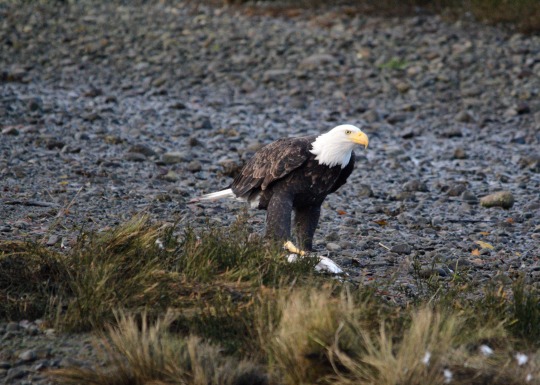
Pants
#birds#nature#vancouver island#nature photography#pnw#birding#bird photography#bald eagle#original photography#original photography on tumblr#birdwatching
580 notes
·
View notes
Text

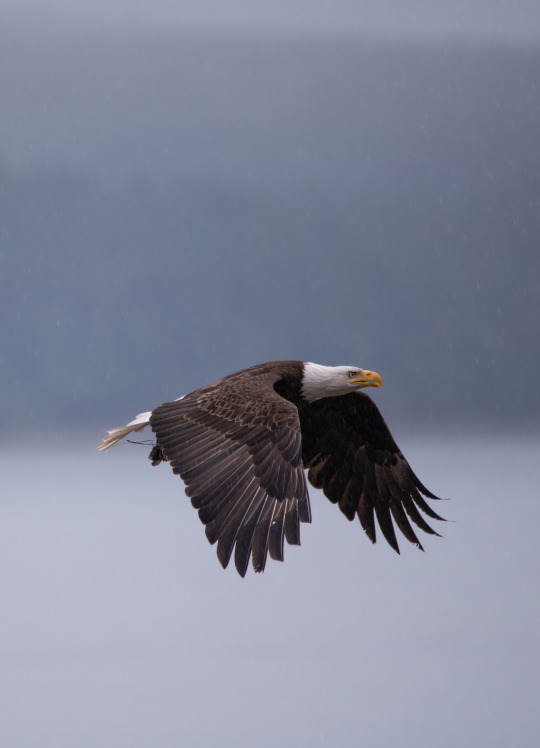
Bald eagle in flight
#bald eagle#seabeck#bird#birding#animals#wildlife#animal#forest#nature#beauty#photographers on tumblr#artists on tumblr#original photographers#original photography#photography#aesthetic#Washington#pnw#westcoastbestcoast#art#vsco#pacific northwest#explore#travel#cottagecore#p
3K notes
·
View notes
Text
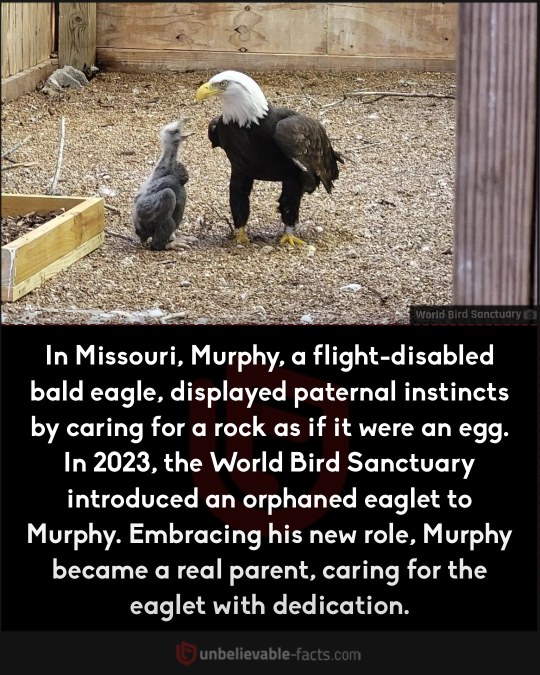
401 notes
·
View notes
Text

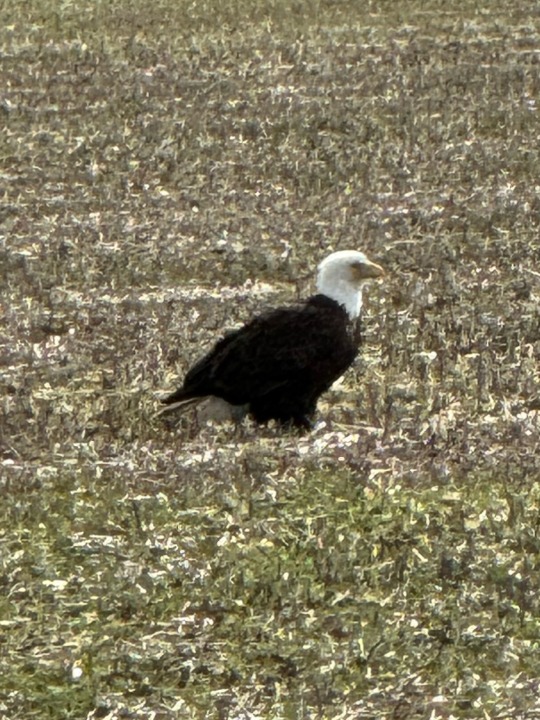

afternoon shortcut..
331 notes
·
View notes
Text


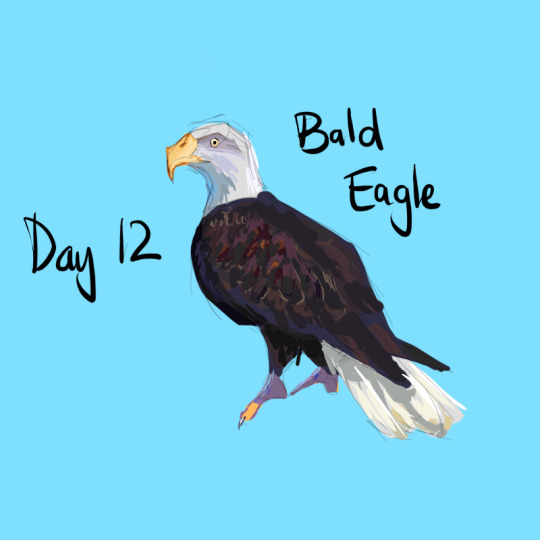
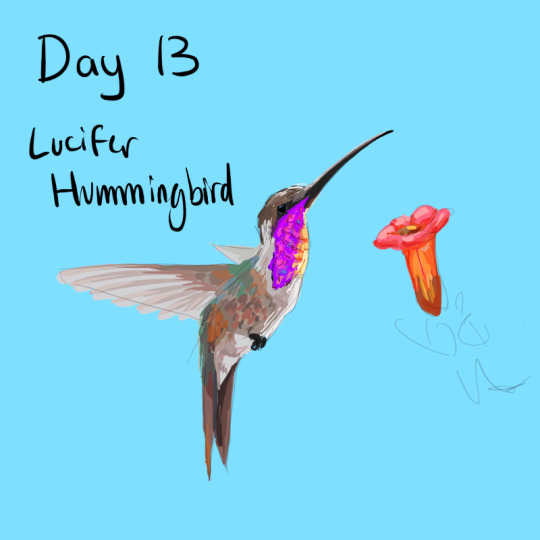



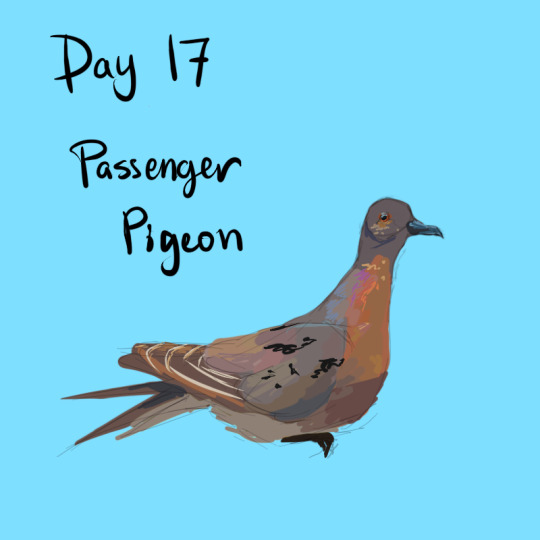
bird dump!! Last 3 are a bit silly and all done today because I was busy this weekend. OWLS THOUGH :DDDDDD I love them so ungodly much ASFKSKGLSLJFJTS I really want to draw more owls and probably will
#marchirp#Barn owl#eastern screech owl#common cuckoo#Bald eagle#Lucifer hummingbird#great blue heron#cape vulture#tufted titmouse#passenger pigeon#Birds are so great#my art
229 notes
·
View notes
